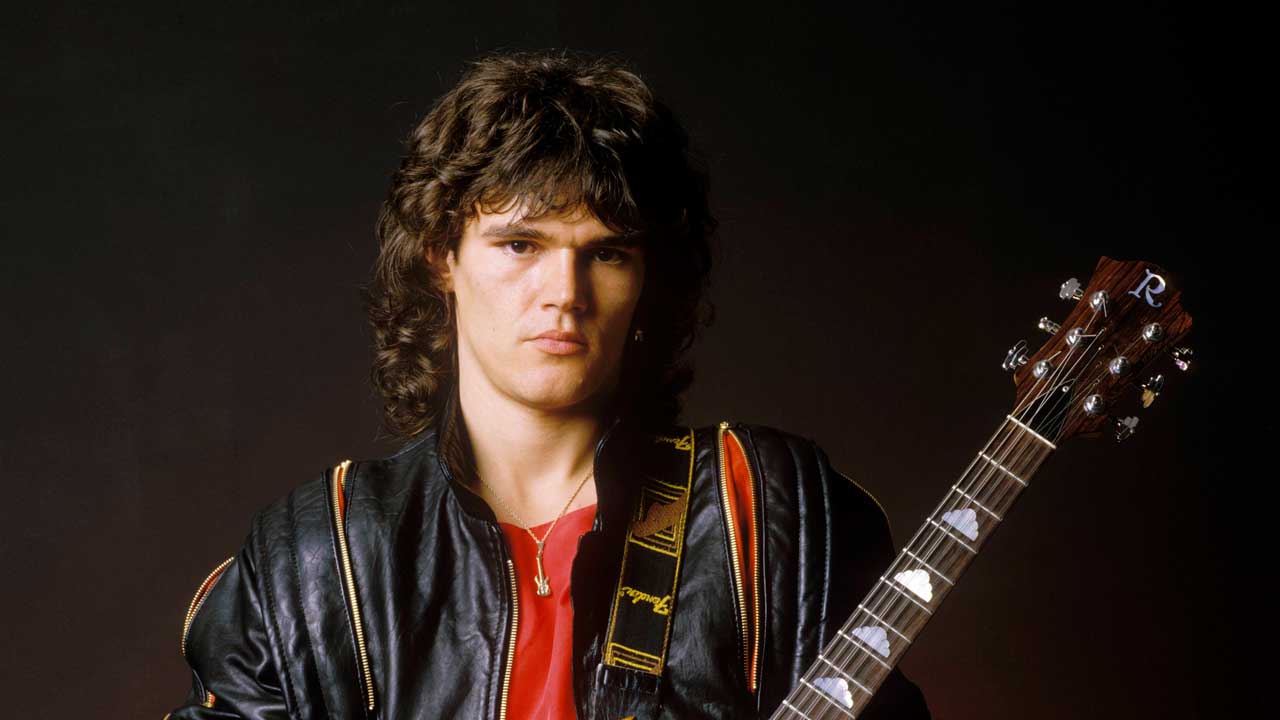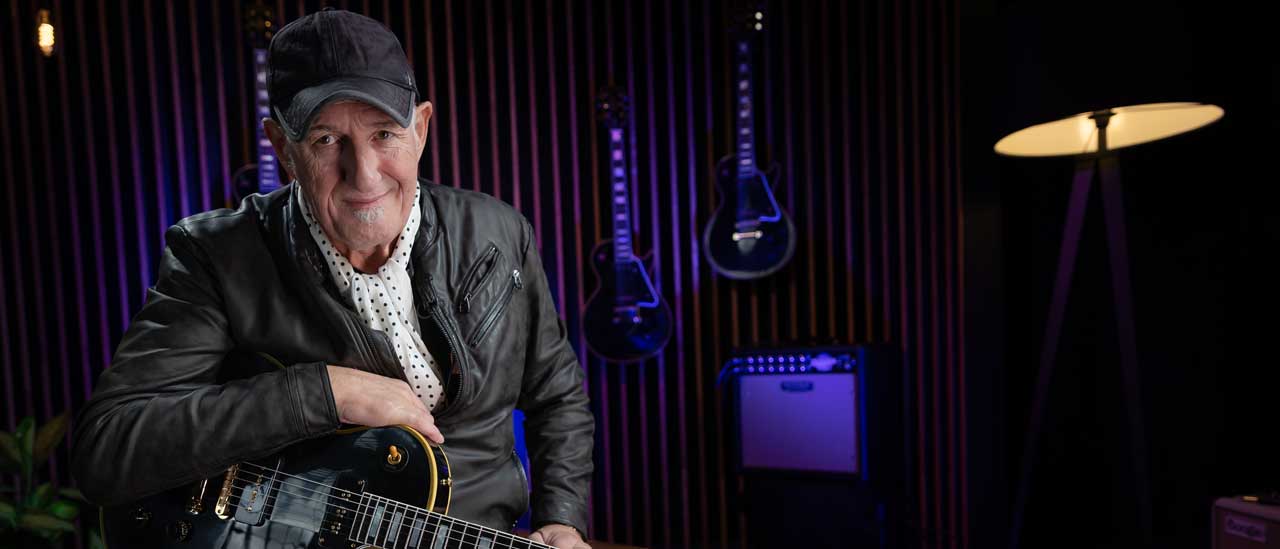Much-travelled guitarist and producer Robin George dead at 68
The death of Robin George, who worked with Phil Lynott, Robert Plant, Asia, Magnum, Glenn Hughes and many more, has been confirmed by his family

Guitarist and producer Robin George, who made his name in the 1980s with his album Dangerous Music and collaborated with the likes of Robert Plant, Magnum, Glenn Hughes and Phil Lynott, has died at the age of 68. The news was confirmed on his personal Facebook page.
The statement read: "On Friday 26th April at 11.45 our beautiful Robin left this world and flew away to the next life where we hope he’s partying with the family, friends and musicians he loved and lost over the years. Robin had been fighting a long illness but by Christmas, it became obvious that he was not long for this world.
"He was devastated when he was no longer able to play his beloved guitars but he continued to write songs, do interviews, make videos and tell his story here on Facebook and through his biography. He desperately wanted his music to live on because music was in his heart and soul. Robin leaves behind his adored wife, four beloved children, two beautiful sisters, nine lovely grandchildren, many dear friends and the animal family that he rescued over the years.
"We are devastated because there will never be another Robin George. LovePower with you always. You're with your angels now."
George was born in Wolverhampton, and released his first EP, the six-track History, in 1983. An iconic Kerrang! cover feature picturing him with a BC Rich guitar once owned by Slade was published the same year – describing him as "The Axe of Tomorrow" – and debut album Dangerous Music followed in 1984. It featured contributions from the likes of Magnum keyboardist Mark Stanway, future Who bassist Pino Palladino, then-Judas Priest drummer Dave Holland and Thin Lizzy's Phil Lynott. George – who'd auditioned for Lizzy several years earlier – returned the favour, playing on Lynott's solo single Nineteen in 1985.
"He asked me to fly up to Newcastle with him to promote the single on a TV show called Razzmatazz," George told Classic Rock in 2015. "At the airport in Newcastle they searched me and my guitar but left Phil alone. When we got to the TV studio he winked and threw me this massive chunk of dope. I couldn’t believe he’d just waltzed through, but he was always Mr Cool.
“On the plane home, Phil asked Brian Downey and I to re-form Thin Lizzy and we both agreed. So we made some recordings in the studio in his back garden in the house at Kew during December [1985]. It went absolutely great and we took a break for Christmas. His driver took me to the station and Phil came along for the ride. As we got to Euston, Phil asked for the tape of the material we’d been working on, saying he wanted to listen to it over the holiday break. I gave it to him, of course.
“A few days afterwards I was working in my studio when I got a call from a radio station in Stoke, asking me to comment on Phil’s death. It shocked the fuck out me. I knew he was ill, but not the full extent. I told the DJ to fuck off – how unprofessional of them. Unfortunately, the cassette of our material failed to resurface after his death. It was the only copy."
George joined former Uriah Heep frontman David Byron in the Byron Band, and also played with Roy Wood, The Climax Blues Band, Magnum, Notorious – with former Diamond Head singer Sean Harris – Asia and Damage Control (featuring former UFO bassist Pete Way, AC/DC/The Firm drummer Chris Slade, and Quireboys frontman Spike). He also recorded an album with Glenn Hughes, Sweet Relief, in 1989, which remained unreleased until 2008.
Amongst Geoerge's production credits were Diamond Head's early single Sweet & Innocent, plus albums by Quartz and Witchfinder General, as well as Wrathchild's glam metal classic Stakk Attack. He also wrote Red for Danger with Robert Plant, a song that appears on the former Led Zeppelin man's Sixty-six To Timbuktu compilation.
George continued to release his own albums, including a sequel to Dangerous Music, Dangerous Music II, in 2015. His last album was Wilderness, released in 2021. A retrospective collection, Ace In My Hand, was put out last year, featuring liner notes from late Classic Rock writer Malcolm Dome.

Online Editor at Louder/Classic Rock magazine since 2014. 39 years in music industry, online for 26. Also bylines for: Metal Hammer, Prog Magazine, The Word Magazine, The Guardian, The New Statesman, Saga, Music365. Former Head of Music at Xfm Radio, A&R at Fiction Records, early blogger, ex-roadie, published author. Once appeared in a Cure video dressed as a cowboy, and thinks any situation can be improved by the introduction of cats. Favourite Serbian trumpeter: Dejan Petrović.
